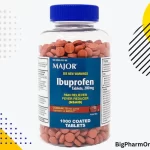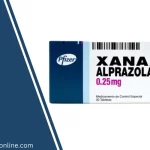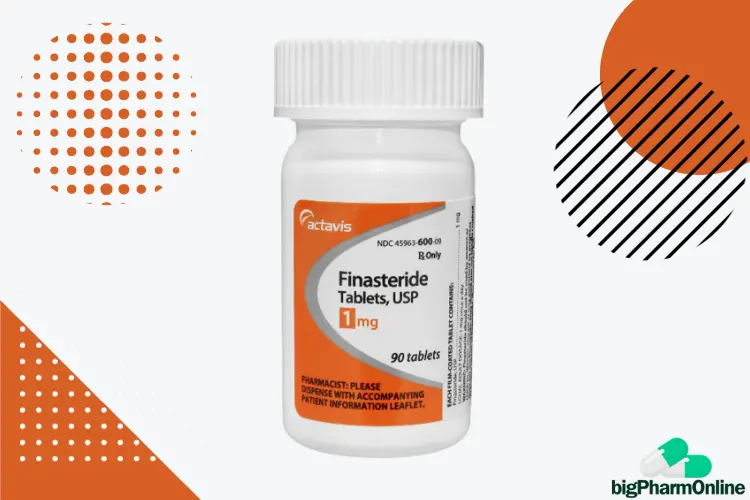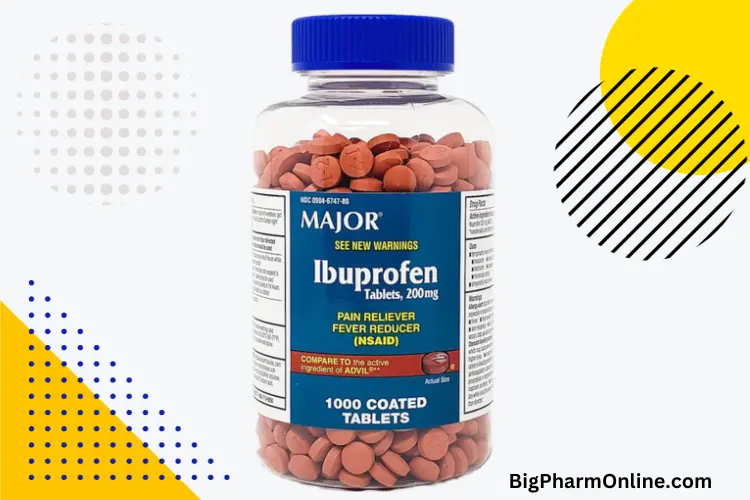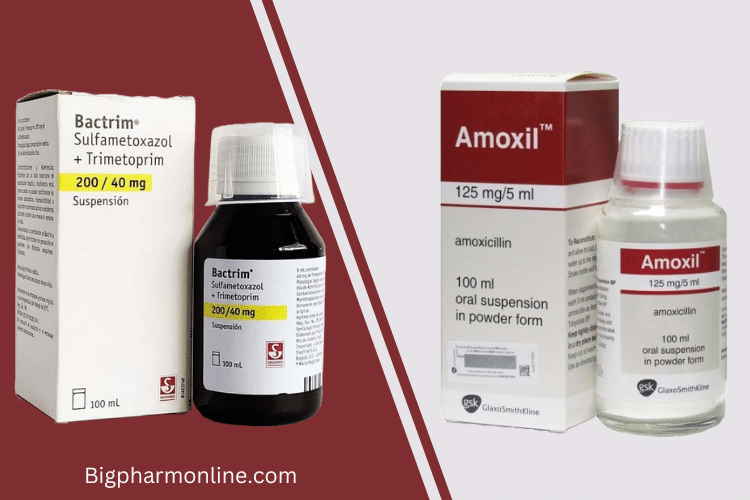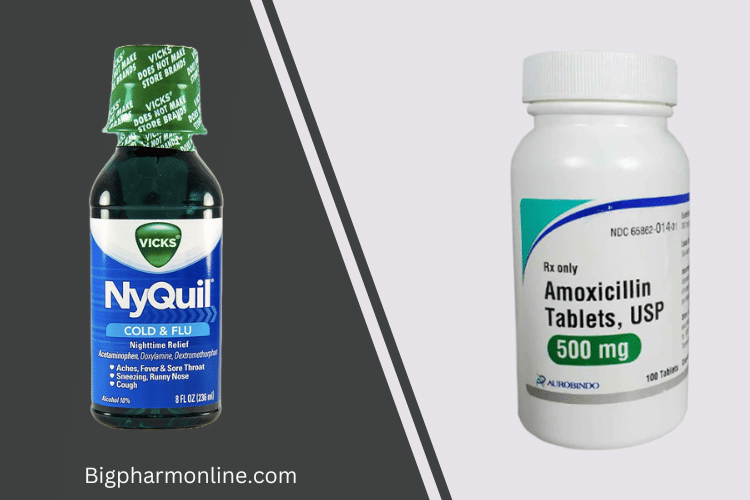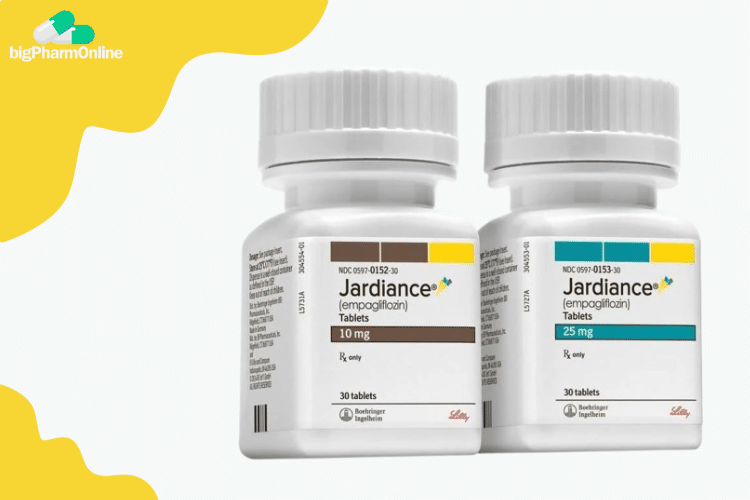How Much Alcohol Is In Nyquil Compared to Beer?
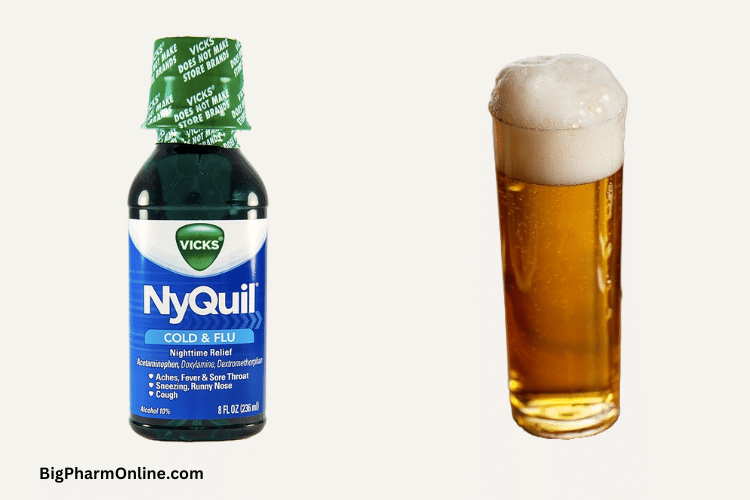
This article will tell you how much alcohol is in Nyquil compared to beer.
Key points
- Nyquil contains more alcohol than beer, with Nyquil having 10% alcohol by volume compared to an average of 5% in beer. This means Nyquil has approximately twice the alcohol concentration of beer.
- Taking Nyquil at the recommended dose is unlikely to lead to intoxication, as the alcohol content in this dose is too small to make you drunk or intoxicated.
- Mixing Nyquil with additional alcohol is not advisable because it can lead to enhanced side effects, liver damage, and potentially dangerous levels of sedation.
- It is generally recommended to avoid consuming alcohol while taking Nyquil to lower the risk of unpleasant side effects.
- Waiting at least 24 hours after consuming beer or alcohol before taking Nyquil is advisable to prevent interactions between the two substances.
Overview of Nyquil
Nyquil is a popular over-the-counter medication used in the management of cold and flu. It provides relief to symptoms like sneezing, cough, watery eyes, runny nose, sore throat, and fever.
Nyquil contains both active and inactive ingredients. The active ingredients are what produce the desired effects for which the drug was taken in the first place.
While the inactive ingredients play no role in eliciting the desired therapeutic effect. They are very important in maintaining the stability, efficacy, and safety of the product.
Ingredients in Nyquil
Active Ingredients In Nyquil
Nyquil contains three active ingredients. These are acetaminophen, dextromethorphan, and doxylamine succinate.
Acetaminophen is a painkiller that also provides relief for fever. Dextromethorphan is an antitussive, or what is described in simpler terms as a cough suppressant. It helps to provide relief for cough.
Doxylamine succinate is a sedating antihistamine that helps to relieve symptoms of allergy. Being a mild sedative, it shouldn’t be used with drugs like melatonin.
These active ingredients in Nyquil are what work together to bring about the desired therapeutic effects. This translates to relief from fever, cold, sneezing, coughing, runny nose, etc.
Inactive Ingredients in Nyquil
The term inactive ingredient is used to describe components of the drug that do not produce or contribute to its desired therapeutic effect.
Nyquil contains a couple of inactive ingredients of which alcohol is one. The alcohol in Nyquil is present at a concentration of 10% alcohol by volume. And is used as a solvent to dissolve other ingredients in the formula.
The other inactive ingredients include:
- Sorbitol: a sweetener that helps to sweeten the product
- Glycerin: a solvent that helps to dissolve the ingredients In the formula
- Xanthan Gum: a thickener for increasing the viscosity of the product
- Citric Acid: a buffer that helps in creating a constant PH within the formulation
- Sodium Citrate: A buffer just like citric acid
- Sodium Benzoate: A preservative to help protect the product by preventing microbial growth.
- Others: Propylene Glycol, Purified Water, Flavor, FD&C Yellow No. 10, FD&C Green No. 3, and FD&C Yellow No. 6
What is the Alcohol Content in Nyquil?
The original Nyquil Liquid formulation contains only 10% alcohol by volume (ABV). The alcohol at this concentration is added to help in dissolving other ingredients in the product which otherwise may not be soluble in water. It is not used in this capacity to achieve a psychoactive effect.
Not all Nyquil products contain alcohol. Formulations like NyQuil LiquiCaps, Alcohol-Free NyQuil™ Cold & Flu Relief Liquid, and NyQuil™ High Blood Pressure Cold and Flu Relief Liquid are all alcohol-free.
It’s important to note that consuming alcohol while taking NyQuil is not recommended.
Overview of Beer
Beer is a popular alcoholic beverage made from a handful of ingredients. The four main ingredients are water, grain (which could be barley, wheat, and rye), hops, and yeast.
Ingredients in Beer
Water constitutes the bulk of beer, gulping up to 90-95%. It houses minerals and ions that are quite useful in the brewing process.
The commonly used grain in beer making is malted barley. Others include wheat and rye. The grains are usually steeped in hot water to allow for the breakdown of starch into sugar. The sugar is then fermented by yeast to yield alcohol and carbon dioxide.
Hops are flowers incorporated into beer to impart some bitterness. It helps to even out the sweetness of the malt. Hops also contribute to the aroma and flavor of beer.
What is the Alcohol Content in Beer?
The average alcohol content in beer can vary between 4 to 7% depending on the brand. The average being 5% alcohol by volume (ABV).
Most beer brands usually keep their ABV between 4.2% and 4.8%. This can of course go up to 12% or more, especially in craft beers.
Light beers, for example, are popular for their lower calorie content. They typically bear an alcohol content ranging from 1.2% to 5%. Popular light beers in the United States like Bud Light, Michelob Ultra, and Miller Lite, all contain 4.2% ABV.
Medium beers usually have a slightly higher alcohol content as you’d expect. Their alcohol content usually ranges from 5% to 8% ABV. Craft beers can have much higher alcohol percentages than either of the two above. For example, Tactical Nuclear Penguin boasts a whooping ABV of 32%.
How Much Alcohol is In Nyquil Compared to Beer?
Nyquil contains more alcohol than beer. The alcohol content in Nyquil is 10% volume while that of beer is an average of 5% alcohol by volume. This shows that the concentration of alcohol in Nyquil is about two times more than that in beer.
Though Nyquil contains more alcohol than beer, you should know that you are very unlikely to get intoxicated or drunk from it. This is because the 10% alcohol in Nyquil is quite comparable to what is found in white wine ( 5% to 14%).
However, when you take Nyquil at the dose that is recommended, you end up getting just a tiny fraction of the alcohol into your system.
This amount can translate to just a few sips of wine. It is never enough to get you drunk as long as it is within the directed dose.
Can You Mix Nyquil With Alcohol?
No, it is not advisable to mix Nyquil with alcohol. Mixing NyQuil, which already contains alcohol, with additional alcohol can lead to enhanced side effects like drowsiness, dizziness, confusion, and impaired judgment.
This combination can also put you at a heightened risk of developing liver damage. The reason is that the acetaminophen in Nyquil and alcohol are both metabolized in the liver.
Thus, by combining the two, you are overloading the liver with excess work which can result in liver damage.
Furthermore, alcohol can amplify the effects of dextromethorphan and doxylamine succinate in Nyquil, potentially leading to dangerous levels of sedation.
Now, while an occasional accidental mixture of the two may not cause any long-term problems, regular combinations should be avoided.
For these reasons, It is generally advised to avoid consuming alcohol while taking NyQuil to lower the risk of experiencing these unpleasant side effects
Can I Take Nyquil After Drinking One Beer?
It is not advisable to take Nyquil immediately after drinking beer. This is because of the risk of interaction between the ingredients in Nyquil and the alcohol.
The half-life of alcohol is between 4 to 5 hours. This is the time required for the body to eliminate half the amount of alcohol you consume.
To completely eliminate alcohol from your system, it will take almost 25 hours which is equivalent to 5 half-lives.
Hence, to prevent any risk of interaction between Nyquil and alcohol in beer. It is advisable to wait for at least 24 hours after alcohol consumption before taking Nyquil.
Final Thoughts
To recap, Nyquil contains 10% alcohol which is twice the average amount found in beer (5%). It is generally not advisable to mix alcohol and Nyquil due to the risk of liver damage and increased side effects.
If you have already taken alcohol and you need to take Nyquil for a cold or flu. It is recommended that you wait for at least 24 hours. This will afford your body enough time to completely get rid of the alcohol.
References
- Theraflu. (2023). Should You Drink Alcohol When You Have a Cold? Retrieved from Theraflu
- PDR. (2023). Triaminic Multi-Symptom Fever and Cold (acetaminophen, chlorpheniramine maleate, dextromethorphan hydrobromide, phenylephrine hydrochloride). Retrieved from PDR
- National Institute on Alcohol Abuse and Alcoholism. (n.d.). Harmful Interactions: Mixing Alcohol with Medicines. Retrieved from NIAAA
- DailyMed. (2023). VICKS NYQUIL COLD AND FLU NIGHTTIME RELIEF- acetaminophen, dextromethorphan hydrobromide, and doxylamine succinate liquid. Retrieved from DailyMed
- Spike Brewing. (2023, April 6). The 4 Main Ingredients Of Beer. Retrieved November 7, 2023, from https://spikebrewing.com/blogs/learn/beer-ingredients
- Ekos. (2023). The Importance of Water in the Brewing Process. Retrieved November 7, 2023, from https://www.goekos.com/blog/craftlab/how-important-is-water-in-the-brewing-process/
- Beer Cartel. (n.d.). The Role of Water in Beer. Retrieved November 7, 2023, from https://www.beercartel.com.au/blog/the-role-of-water-in-beer/
Was this helpful?
About the Pharmacist
Pharm. John Mark (BPharm) is a licensed pharmacist with over 6 years of experience spanning clinical, community, and hospital pharmacy settings.
His wealth of experience and expertise makes him your knowledgeable and go-to source for all pharmacy and medication-related questions.




